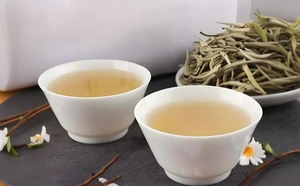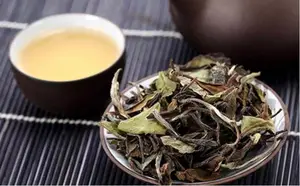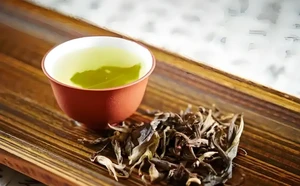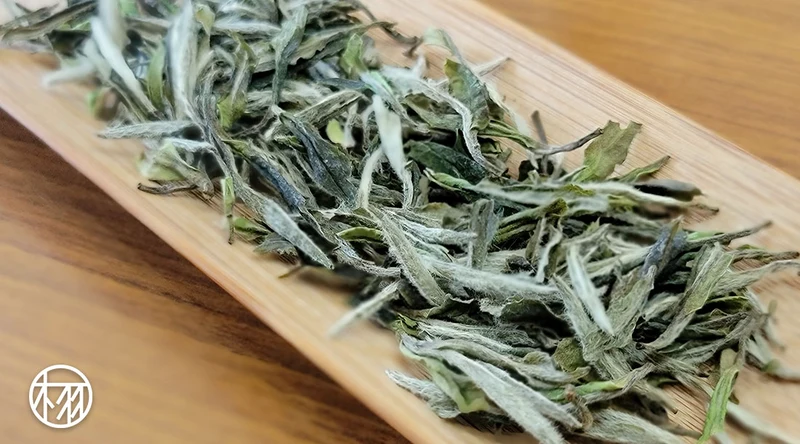

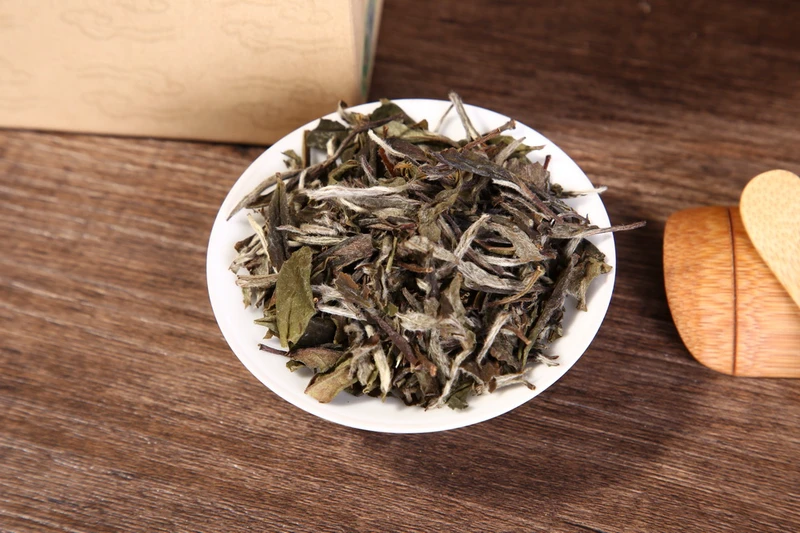
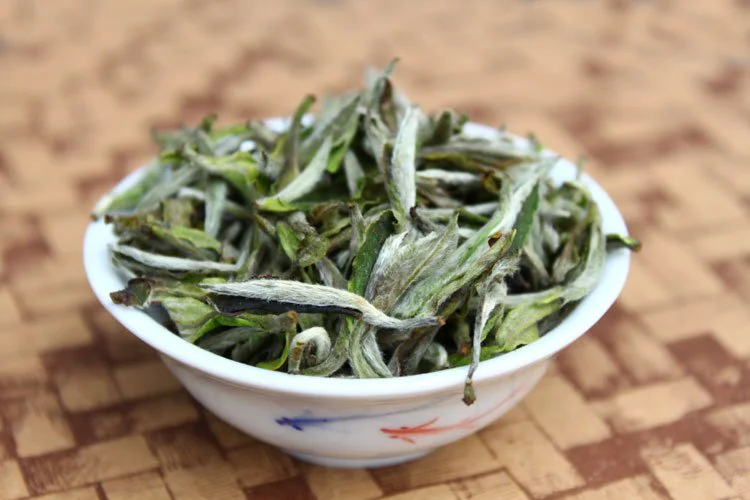
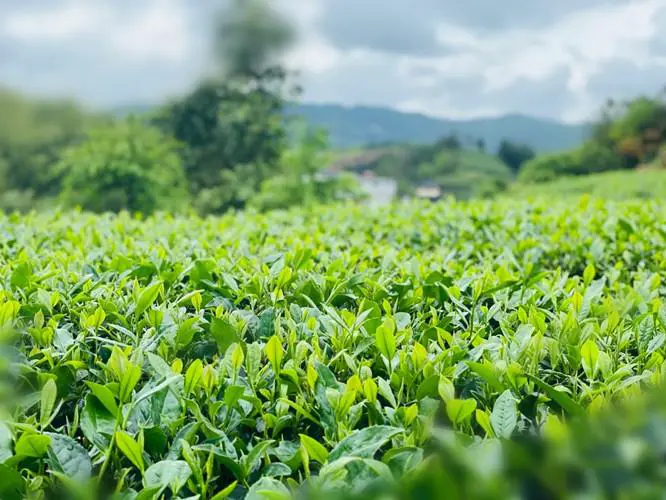
White Peony (Bai Mudan)
Origin
Fujian
Category
White Tea
Harvest Time
Pre-Qingming
Processing
Withering & Drying
Description
Bai Mu Dan, meaning 'White Peony,' is a renowned Chinese white tea from Fuding and Zhenghe, Fujian Province. Made from one tender bud and one or two young leaves, it is celebrated for its delicate, sweet flavor, subtle floral aroma, and the beautiful contrast of silvery buds and green leaves when brewed.
